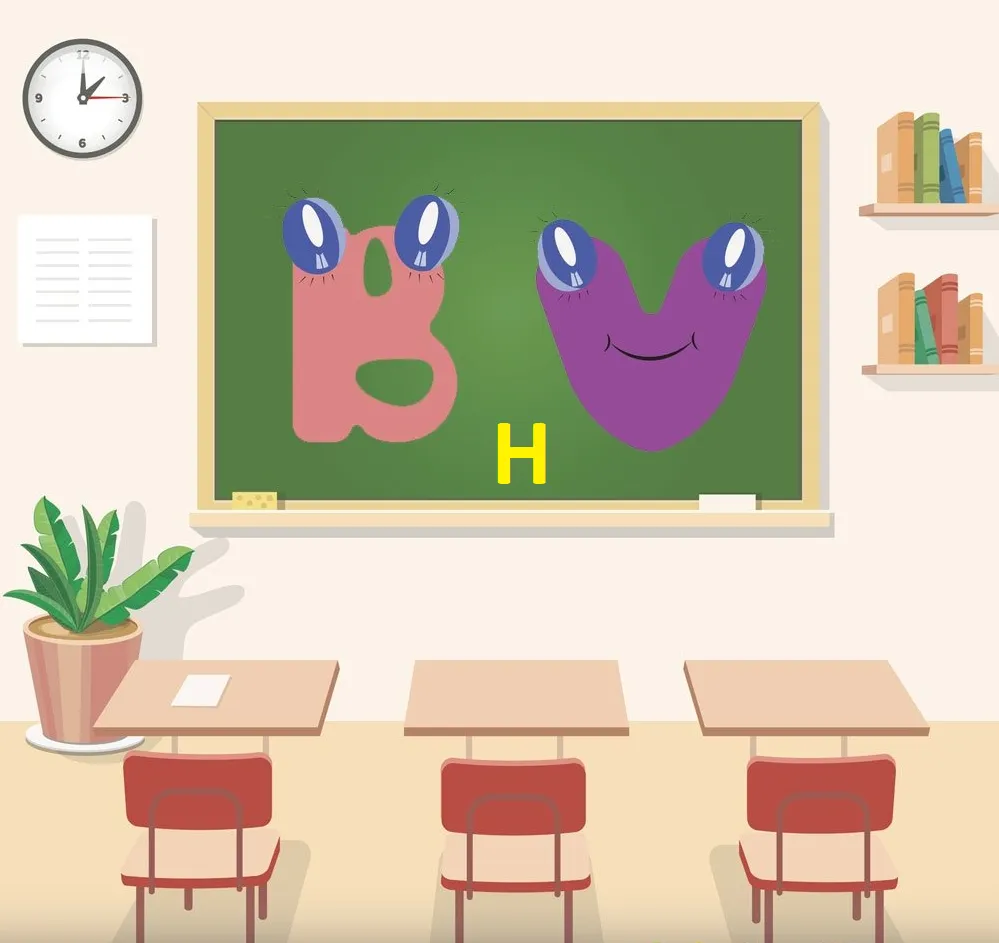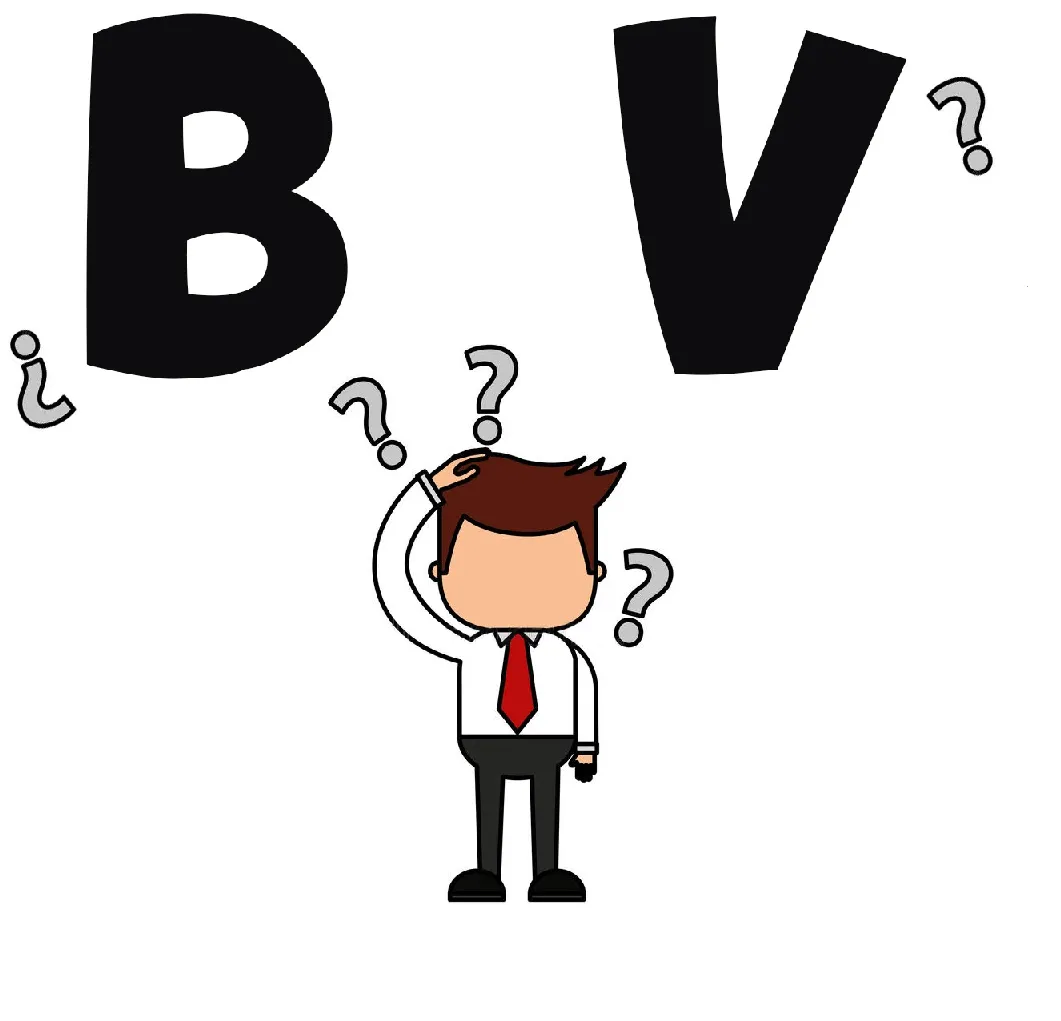Over time, human language has become increasingly complex, so that elements that complicate the understanding of some words have been added. For this reason, rules are required to facilitate understanding of the methodology, symbols, stress, and sounds that are more complicated.

It is not easy for children to learn the rules about the correct use of B and V, since both sound the same, that is why when they are in the initial stage of writing, they are often confused and, consequently, they abound. misspellings.
The correct use of B and V is one of the orthographic points that causes most errors when a text must be written in Spanish. That's why we need to know, on what occasions we should use B and at what times we should use V.

It is written B
• In the past imperfect indicative in ba, bas. Example: beloved, sung, prayed
• In front of the consonant, especially the groups br, bl. Example: joke, conversation, obtuse.
• In derivatives of words that end in ble. Example: kind, kindness
• In the words that begin with al, ar. Example: bricklayer, tree, loudspeaker and haughty exceptions.
• In words that begin with abu, abo. Example: abuse.
• In words that begin with bot, bon, bor. Example: button, kindness, edge. Vote of exception
It is written V
• In the perfect preterites of walking, being, having and composing, I walked, I stayed, I had, I retained.
• In words that begin with di. Example: divide, divorce. Drawing exceptions, disturbance.
• In verbs that end in coming. Example: come, avoid.
• In verbs ending in ervar, evar. Example: observe, snow. Exceptions weeding, priming.
• In words that end in ava, ave, avo, eva, eve, evo, iva, ivo. Example: send, short, new. Exceptions: syllable, above, test.
• Behind the consonant: convert, subversive.
It is written H
The H is a letter that has no sound in Spanish, that's why it's said to be silent.
• In the verbs have, speak, inhabit.
• In words with the Greek prefixes hecto (one hundred), hemi (medium), hiccup (horse), hexa (six), hepta (seven), hydro (water), hygro (humidity), hema (blood), hectoliter, hemisphere, racecourse, hexagon, heptahedron, hydrogen.
• In the initial groups' hie, hue. Example: bone, iron, orphan, ice.
Spelling is the main platform for a good understanding, so it is essential to know the rules since a misspelled word will give a different connotation to the text. It is true that the rules tend to seem arbitrary and boring, but it is the only way to know how to differentiate different sounds that in the oral language are entangled.

On the other hand, orthographic rules for children are difficult to memorize and they learn exactly the correct use. However, the idea is to learn through games, riddles, stories, poetry and tongue twisters. In addition, it is important to reinforce the habit of reading from a young age, with the aim of familiarizing them with the correct use of the word scripts.
Posted from my blog with SteemPress : http://lmrey.vornix.blog/2018/08/19/grafias-dubious-with-b-v-h/